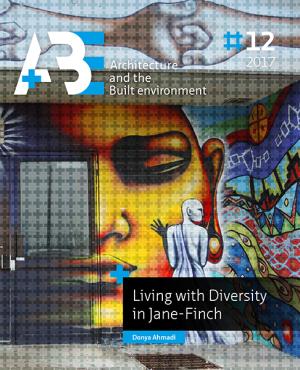Hosted by
Living with diversity in Jane-Fitch
Synopsis
In the past decades, diversity has become a popular catchphrase in theoretical, policy and public discourses in Canadian cities. Toronto is Canada’s most diverse city, wherein a long-standing immigration history coupled by the introduction of the Canadian Multiculturalism policy in the 1970s have rendered diversity a prominent value for the city’s inhabitants (Ahmadi and Tasan-Kok, 2014). Celebration of diversity has become a popular theme in Toronto’s policy and image making, such that many policy documents have proclaimed diversity as the city’s biggest strength. However, while the celebration of diversity has attracted funds and services to inner city Toronto, stereotyping based on different categories of diversity (particularly ethnicity and class) has resulted in the stigmatization and criminalization of poor racialised neighbourhoods located at the edges of the city.
Diversity in urban areas may derive from multiple factors such as behaviour, lifestyles, activities, ethnicity, age, gender and sexuality profiles, entitlements and restrictions of rights, labour market experiences, and patterns of spatial distribution. Research on diversity in the past decades has resulted in the creation of an extensive body of work on the notion. However, there are a few gaps in theory which the present study seeks to address, namely: (a) Research on diversity often overlooks the complexity and dynamic nature of diversity and maintains an overemphasis on ethnicity. (b) Despite plentiful evidence for the diversification of peripheral neighbourhoods, the available body of research focuses primarily on inner-city areas, leaving out the more remote rural and suburban areas (Humphris, 2014). (c) There is a tendency to present a ‘flat’ or ‘horizontal’ type of differentiation of diversity, which does not account for the various positions and hierarchies within and between different categories of difference.
In light of these gaps, this study seeks to add to our understanding of urban diversity, as perceived and experienced by those who inhabit, frequent and govern urban areas. It answers the following primary research question: How is diversity experienced at the neighbourhood level, as (a) discourse, (b) social reality, and (c) practice? Diversity as discourse refers to the public narratives around diversity, while diversity as social reality concerns the descriptive characteristics that render an area diverse. Diversity as practice refers to policies, programs and local practices that aim towards managing diversity (see also Berg and Sigona, 2013). The research question is investigated in four interconnected chapters, which engage with the three formerly mentioned dimensions to various degrees. The study further makes use of a variety of qualitative and participatory techniques (i.e. qualitative interviews, roundtable talks, participant observations, and focus groups) to gather rigorous empirical data on living with and managing diversity in an inner-suburban neighbourhood of Toronto, namely Jane-Finch.

